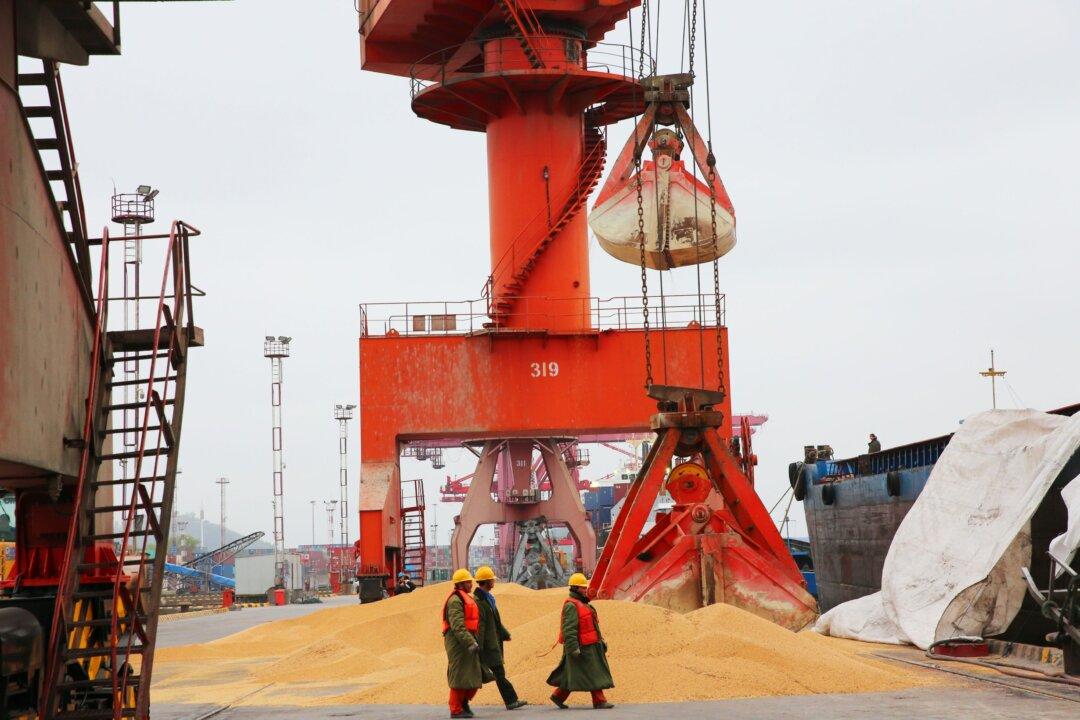With Wall Street analysts hoping for a Sino-U.S. trade war truce amid the G20 meeting in Osaka, the focus is on the future of Apple Inc. sales and employment in China.
The “Greater China” market has been key to Apple’s sales growth with a 16 percent gain to $51.9 billion in the 2018 fiscal year ending on Sept. 29, “driven by higher net sales of iPhone, services and other products.”





